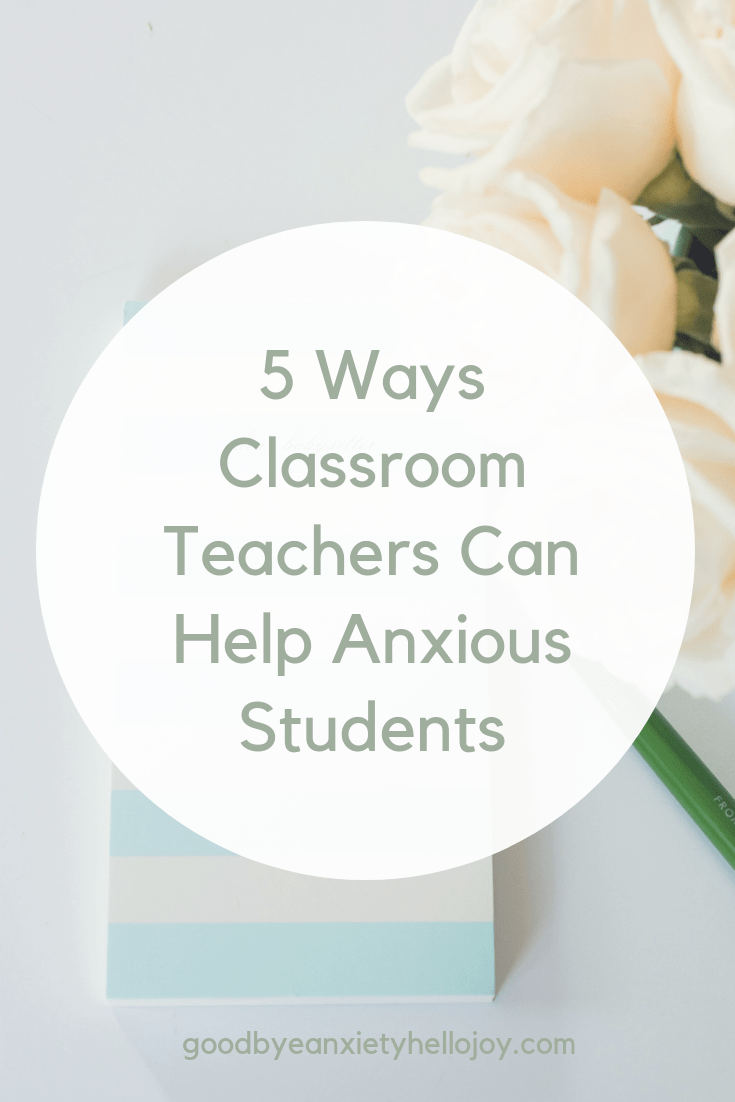Many people have asked the question, “What do teachers think of students with anxiety?” There are several aspects to consider. In this article, we will discuss the teacher’s perception of these students, the signs and symptoms, and the impact of anxiety on learning. You can also learn more about the strategies teachers can use to help students. These tips will make the experience less stressful for all concerned. In addition to learning more about anxiety, you will also learn strategies that can help students cope with this condition.
Teacher perception
The present study examined the relationship between teachers’ perceptions of students with anxiety and student-endorsed symptoms. Teachers were asked to rate students based on their feelings about being anxious, whether they were compliant or exhibited signs of anxiety. Children with anxiety were more likely to have somatic complaints than students with no anxiety. However, teachers were less likely to recognize symptoms due to their students’ compliant behavior. Therefore, further research is needed to determine if teachers missed students with generalized anxiety.
Signs and symptoms
A student’s physical and mental signs of anxiety can vary. Some may be excessively sweaty, freeze up in response to questions, or even tremble. They may refuse to talk to others or hold their hands up in the air, while others will ask them to explain themselves. A student’s fear of germs, death, or bad things happening in class could be a sign of anxiety. It’s important to note these signs to make sure the student is not just suffering from panic attacks.
Strategies to help
For students with anxiety, predictability is key. Unless the student has an alternative strategy, they’ll likely be focused on the worst thing that can happen, such as being called out in class. Teachers can work together to identify the best strategies and to apply them across multiple classes. If the student isn’t able to predict how the teacher will respond, he or she might feel like the teacher won’t notice them. By utilizing a predictable routine, teachers can create a plan for positive contact and can minimize the students’ feelings of helplessness.
Impact on learning
Anxiety can be a very real problem in the classroom, and students may struggle to keep up with others. This can come at a tremendous psychological cost. The researchers tested the impact of anxiety on learning by giving students two arithmetic tasks. Participants performed multiplication and division tasks alternately. This caused students to compare their understanding to others. Many students reported feeling anxious when this happened. This article discusses how to reduce the impact of anxiety on learning for students with anxiety.
Impact on behavior
The impact of students with anxiety on behavior can be significant. The effects of anxiety on children’s performance in school can range from inconsistent work and grades to impulsiveness and tantrums in the classroom. Students with anxiety often do not know how to recognize their own symptoms and teachers may mistake them for ADHD or other conditions. The signs of anxiety can also be difficult to identify, because anxiety is a mental health condition and not always easily recognized by a child.

